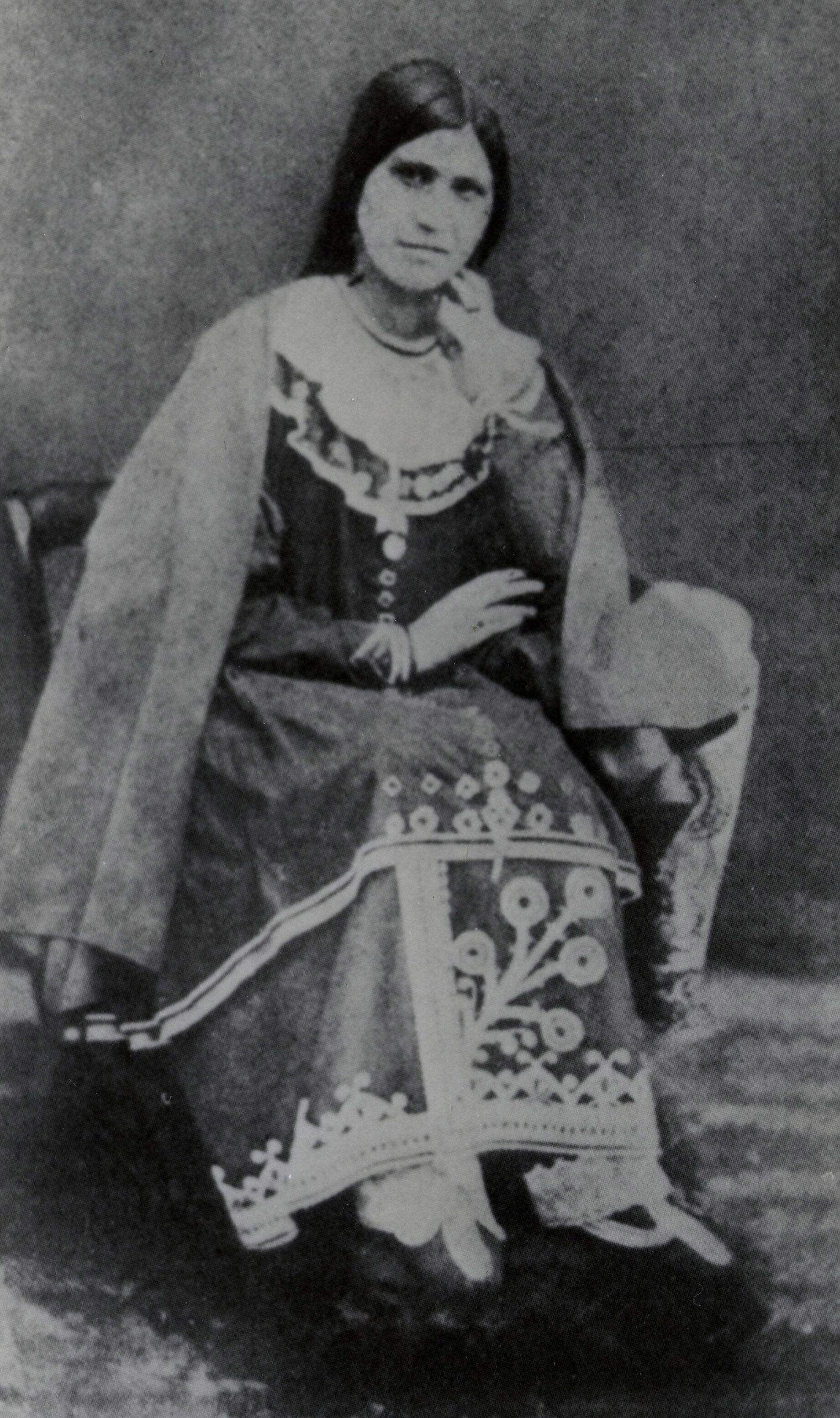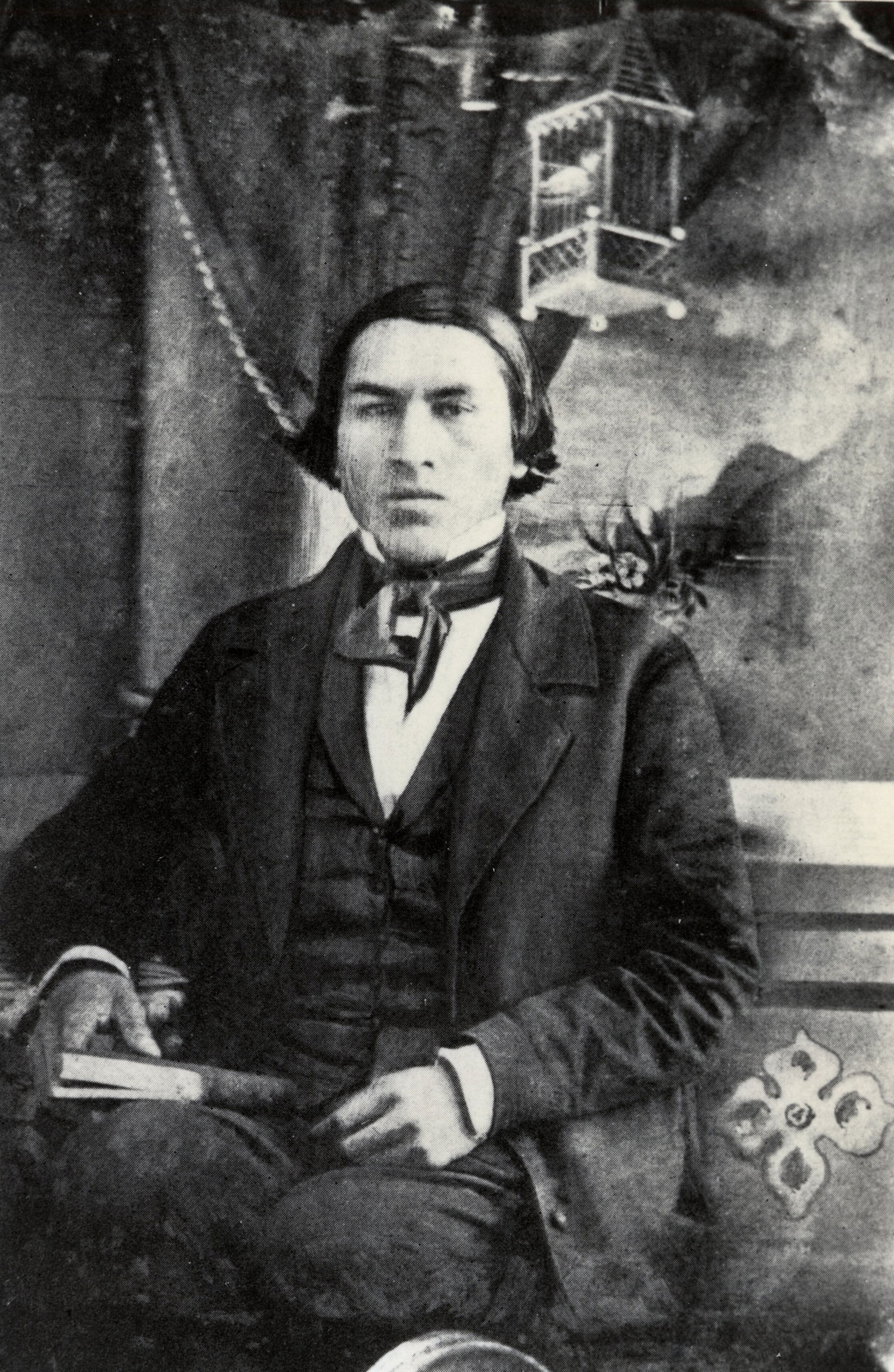University Council Resolution
May 5, 2023
Resolution acknowledging the Parker family’s place in University at Albany history and re-naming Indian Pond as Parker Pond and Indian Pond Lane as Parker Pond Lane
Whereas the University at Albany is committed to advancing diversity, equity and inclusion in all forms;
Whereas in early 2021 the University determined that the continued use of the term “Indian” in connection with locations on campus was at odds with UAlbany’s value of inclusive excellence;
Whereas on March 5, 2021 the University Council voted to change the name of Indian Quad to Indigenous Quad;
Whereas since then the University has worked to identify a worthy new name for the roughly five-acre natural area on the southeast corner of the Uptown Campus, which has been known since the campus’s construction in the 1960s as Indian Pond;

Whereas the University also is committed to elevating and amplifying the stories of those whose contributions to society have long been unacknowledged or underappreciated due to racism, sexism and other forms of discrimination and bias;
Whereas this has often been true of Indigenous communities, both in New York and across the United States;
Whereas Indigenous students have been part of UAlbany’s history virtually since its founding as the New York State Normal School in 1844;
Whereas three siblings from the same Tonawanda Seneca family were among the first nine Indigenous students to enroll at the Normal School around 1850;
Whereas Caroline (Ga:hahno), Nicholson (Gye-wah-go-wa) and Isaac Newton (Gane-yo-squa-ga-oh) Parker each distinguished themselves in service to the Seneca people at a time when the Haudenosaunee nations in New York were resisting efforts by the U.S. government to take their land and remove them to western U.S. territories (Note: Conventions for spelling and presentation of Indigenous names have evolved over time. These spellings of Nicholson and Isaac Newton Parker’s Seneca names reflect how they were recorded in the 1851 Annual Report of the Executive Committee of the State Normal School to the New York State Legislature. Nicholson’s name has also been recorded as Gye-Wah-Ho-Wa.);
Whereas Caroline, Nicholson and Isaac Newton were among seven siblings raised on the Tonawanda Reservation located primarily in Genesee County, including brother Ely S. Parker, who served as a brigadier general, senior wartime aide to General Ulysses S. Grant and the first Indigenous Commissioner of Indian Affairs;
Whereas Caroline Parker in particular played a significant and largely unacknowledged role in helping frame American perceptions of Haudenosaunee people, and specifically Haudenosaunee women, through her friendship and correspondence with anthropologist Lewis Henry Morgan;
Whereas Caroline Parker’s contributions included producing numerous examples of Haudenosaunee clothing and beadwork commissioned by Morgan that for a time comprised the bulk of the New York State Museum’s collection of these items;


Whereas Dr. Maeve Kane, associate professor in UAlbany’s History Department, has extensively researched Caroline Parker’s work and concluded the clothing Parker produced for Morgan represented a “politically informed narrative of her nation’s history” and an intentional “statement of Haudenosaunee identity” and sovereignty at a time of great political, economic, social and cultural uncertainty (Source: Shirts powdered red: Haudenosaunee gender, trade, and exchange across three centuries, by Maeve Kane)
Whereas Morgan’s acclaim as “the father of American anthropology” was built in part on contributions by, and collaborations with, the Parker family;
Whereas Caroline Parker also worked as a teacher on the Tonawanda Reservation, served as a translator for Tonawanda chiefs and later married Tuscarora Chief John Mt. Pleasant (Source: "The remarkable Caroline G. Parker Mountpleasant, Seneca Wolf Clan," by Deborah R. Holler);
Whereas while Caroline Parker became so prominent that her death in March 1892 was noted in The New York Times, her contributions at the time were described largely as they related to the achievements of her brothers and late husband;
Whereas the state program that funded the education of Indigenous students like the Parkers to hasten their assimilation into white American culture was representative of a 19th-century way of thinking now understood to be discriminatory and colonial;
Whereas the contributions of Caroline Parker, and the Parker family generally, are worthy of acknowledgement and celebration as our University strives to more fully understand and learn from our history;
Therefore be it resolved that the University Council approves the re-naming of Indian Pond and Indian Pond Lane to Parker Pond and Parker Pond Lane so that the Parker family’s contributions may be more widely understood and celebrated on our campus and beyond it.


